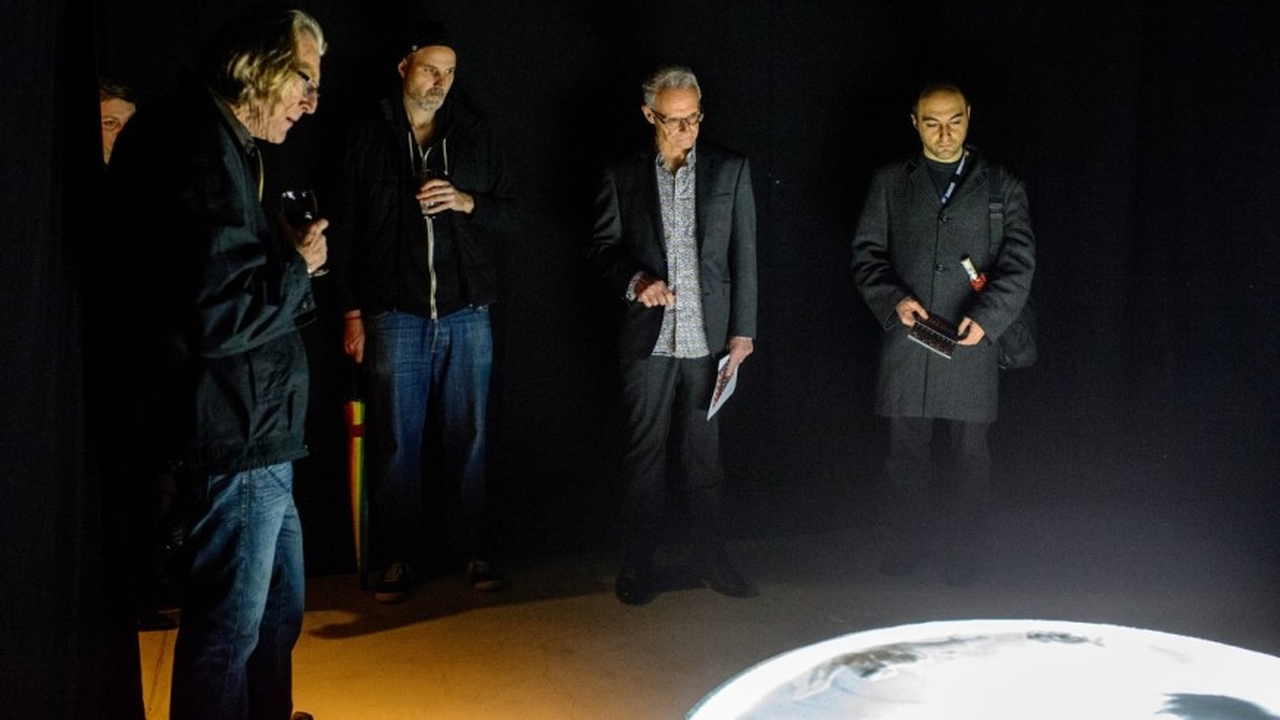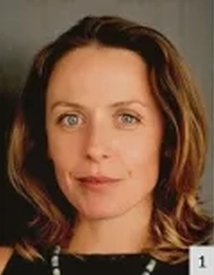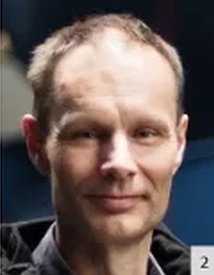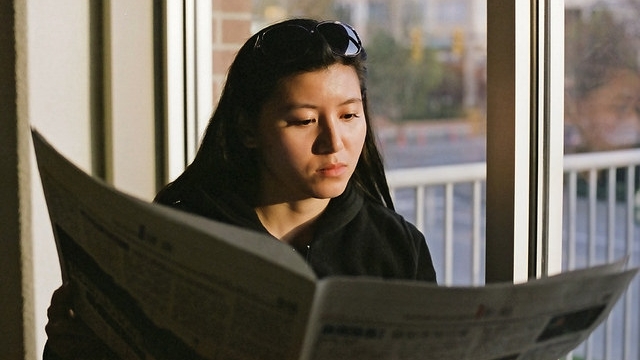
Improving transdisciplinary arts-science partnerships [Arts & culture in KM part 10]
This article is part 10 of a series exploring arts and culture in knowledge management.
By Tania Leimbach and Keith Armstrong. Originally published on the Integration and Implementation Insights blog.
Collaborations with scientists have become a major focal point for artists, with many scientists now appreciating the value of building working relationships with artists and projects often going far beyond illustration of scientific concepts to instead forge new collaborative frontiers. What is needed to better “enable” and “situate” arts–science partnerships and support mutual learning?
Our research looked at the facilitation of arts–science partnerships through the investigation of two unique collaborative projects, developed at two geographically distinct sites, initiated by artist Keith Armstrong. One was enacted with an independent arts organisation in regional Australia and the other at a university art gallery in Sydney, Australia.
We used these examples to focus our thinking on challenges of “enabling” and “situating” new practice, and here we share emergent insights. The two questions that focused our contextual analysis were:
- What are the challenges of sustaining balanced relationships in hybrid practices?
- What are the shared characteristics of sites that foster and support arts–science transdisciplinary practice? (Leimbach and Armstrong 2018).
Insights into arts–science transdisciplinary creative partnerships
We developed six key insights:
- The ingredients necessary for successful collaboration include: (a) generous amounts of time; (b) clarity around boundaries and the limits of each discipline; (c) mutual respect; (d) a shared language; (e) co-location; (f) institutional license and will; and, (g) “universal” values beyond the necessities of the market.
- Creative collaboration relies upon open networks, experimentation and qualities of synchronicity and discovery. An evolving and open framework for collaboration free of prescriptive methods or fixed certainties about how to work collaboratively is also crucial, as the transdisciplinary process typically begins with discussion of principles and conversations that foreground what might be possible – rather than being driven by clear method and process. In turn this permits the possibility to observe and understand how other collaborators do their work.
- Reciprocity leads to mutual learning. Collaborations offer scientists new ways to think about the interaction of research with publics and the ‘affective’ dimension of the arts. Scientists can provide the contexts, data, knowledge and experiences that they understand will be catalytic for artists.
- Sociological “asymmetries” can prevent successful collaborations; these may include access to funding, opposing demands on teacher–researchers and arts practitioners, and work practices across different disciplines.
- Disciplinary and institutional asymmetries foreground differing publication validation systems and discipline-specific foci. For example, unlike the humanities, science faculties rarely submit non-traditional research outcomes, as these kinds of transdisciplinary outputs do not enjoy the same perceived weight and may be thought of as non-strategic within their home discipline. In contrast academically employed artists routinely shape their collaborative artworks as non-traditional research outcomes whilst also producing associated traditional research outcomes.
- Critical reflection across both projects in this study highlighted deep asymmetries between the expected roles and responsibilities of disciplinary experts. In particular, artists are expected to transgress whereas the training and experience of scientists is to understand and avoid risks inherent in advocacy. Furthermore, in today’s politicised climate, the risk of being labelled ‘activist’ appears very real for scientists.
Supporting creative partnerships into the future
Arts–science projects have the ability to engage diverse publics with the potential to ‘do’ social, cultural and political work, helping reframe partisan political debates, and bringing the material thinking of artists and scientists together in ways that encourage audiences to reflect on both forms of practice more deeply. The learning opportunities they provide for both collaborators and audiences may therefore also contribute to the development of skill sets and knowledges capable of confronting the massive challenges of the 21st century.
Public arts organisations and university art galleries are both sites that should possess agency and flexibility to foster transdisciplinarity, if there is shared belief in its significance. They are also spaces where some of the sociological asymmetries of arts–science partnerships can be addressed by formalising the complex mechanisms and processes that support inter- and trans- disciplinary collaborations.
While every context is different, there are some common features that enable and situate arts–science collaboration:
- A formalized context-appropriate process to help resolve asymmetries and to support greater involvement and access for collaborators who might be otherwise sidelined.
- A steering group (“brains trust”) drawn from several disciplines – artists, scientists, curators and other academics – to work through new proposals together.
- An optimal environment for the display of work that is technically networked with access to collaborative display systems, a strong flow through of people with street visibility, a lab-like area designed for collaborative process, and a space with lounge-like ambience for learning and open dialogue.
- In terms of public engagement and education, a high-level understanding of communications and social change theory is valuable, along with clear methods for outreach and education beyond the walls of an organisation.
Other experiences
Major funding bodies and diverse grant schemes in the USA, the UK and Australia have fostered hundreds of collaborations between artists and scientists in recent years, reflecting a growing confidence in the potential for transdisciplinary learning embedded in hybrid practices. This increased funding for arts–science endeavours has further assisted in removing barriers to collaboration and catalyzed new types of relationships between diverse institutions, promoters, and venues, and with public and professional audiences. However, there is still much more to do to overcome the social and material barriers that restrict such boundary work.
Advocacy organisations such as the Sciences, Engineering, Arts and Design (SEAD) network look for ways to address many of the fundamental challenges in arts–science partnerships including the need to generate public dialogue about the intellectual, cultural and economic potential of creative intersections of art, science and technology (Malina, Strohecker and LaFayette 2015).
We are interested in the experiences of others. Do these insights resonate with your practice? What are your thoughts on the challenges and opportunities of working in arts–science collaborations?
To find out more:
Leimbach, T. and Armstrong, K. (2018). Creative Partnerships and Cultural Organisations: “Enabling” and “Situating” Arts–Science Collaboration and Collective Learning. In, D. M. Fam, L. Neuhauser and P. Gibbs (eds.), Transdisciplinary Theory, Practice and Education: The Art of Collaborative Research and Collective Learning. Springer: Basel, Switzerland. (Online – book details): https://www.springer.com/us/book/9783319937427
The two projects which underpin this article are:
Black Nectar and Over Many Horizons (O|M|H), both on the Embodied Media website of Keith Armstrong.
Reference:
Malina, R., Strohecker, C. and LaFayette, C. (2015). Steps to an Ecology of Networked Knowledge and Innovation: Enabling New Forms of Collaboration among Sciences, Engineering, Arts, and Design (On behalf of Science, Engineering, Arts and Design (SEAD) network contributors). The MIT Press: Cambridge, Massachusetts, United States of America.
Biographies:
 |
Tania Leimbach PhD lectures within the School of Communication at the University of Technology Sydney, Australia, and within the Masters program at the University of New South Wales Art + Design. She examines art/science partnerships and the potential for transdisciplinary learning embedded in new forms of collaborative practice. She also works as a communication strategist and consultant for social enterprises and on environmental campaigns. |
 |
Keith Armstrong is a freelance media artist and part-time senior lecturer within the School of Creative Arts at Queensland University of Technology in Brisbane, Australia. His research is profoundly motivated by issues of social and ecological justice. He has specialised for over twenty years in collaborative, experimental practices with emphasis upon innovative performance forms, site-specific electronic arts, networked interactive installations, alternative interfaces, art–science collaborations and socially and ecologically engaged practices. His engaged, participative practices provoke audiences to comprehend, envisage and imagine collective pathways towards sustaina-ble futures. Through inventing radical research methodologies and processes he has led and created over sixty major art works and process-based projects, which have been shown extensively in Australia and overseas. |
Article source: Improving transdisciplinary arts-science partnerships. Republished by permission.
Header image: Shifting Dusts, 2016, Over Many Horizons (Image: David Lawrey), CC BY-NC-ND 2.5 AU.






